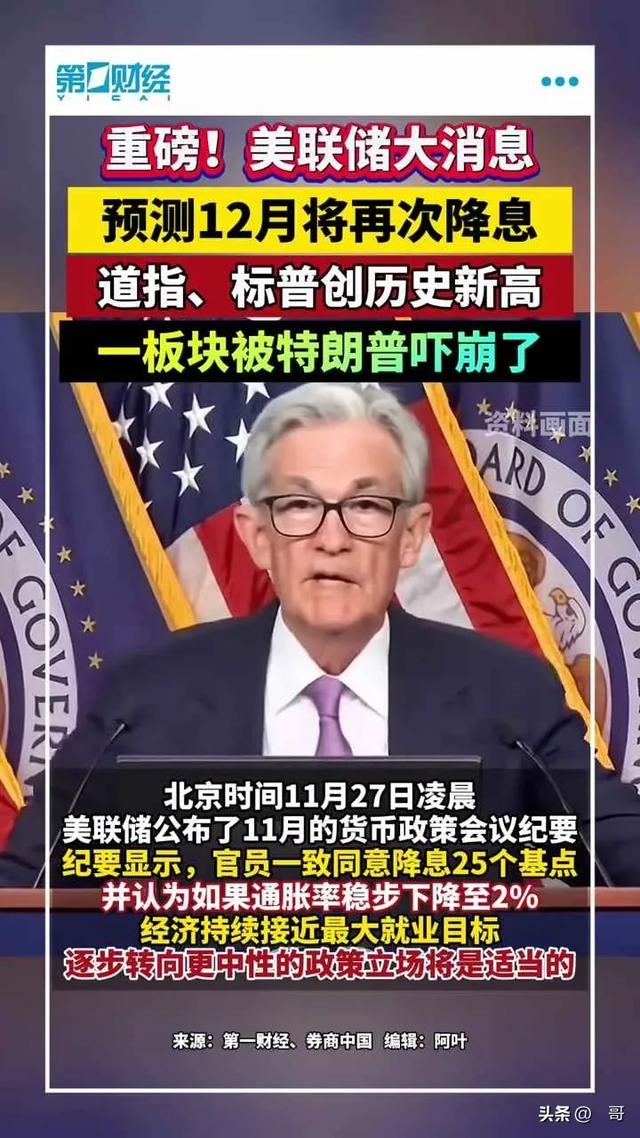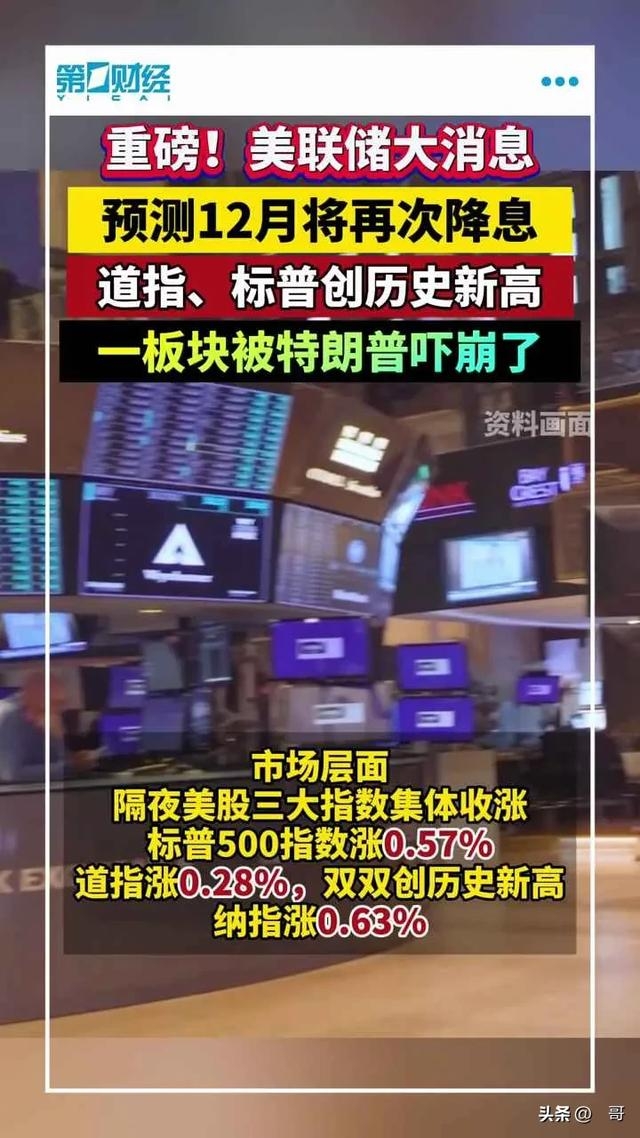
The impact of the Fed’s interest rate cut on the global economy mainly includes the following aspects:
- Exchange rate fluctuations: The US dollar is usually one of the most important currencies in the world. After the Fed cuts interest rates, the US dollar may depreciate, while other countries' currencies will appreciate relative to the US dollar. This will affect the relative value of currencies of various countries, and thus change their competitiveness in international trade. For exporting countries, the appreciation of their currencies may lead to higher prices for export products and reduce their competitiveness in the international market; while for importing countries, the cost of imports may decrease.
- Financial market adjustments:
- Bond market: US bond yields may fall, which will trigger adjustments in the global bond market. Investors may transfer funds from lower-yielding bond markets to higher-yielding ones, pushing up bond prices in other regions.
- Stock market: Generally speaking, this is good news for the stock market. Because corporate borrowing costs are reduced, profits may increase, making stocks more valuable. At the same time, funds may also flow from more stable but low-yield investments (such as bonds) to the stock market, bringing more funds to the stock market and pushing up stock prices. However, for the stock markets of other countries, on the one hand, they may follow the rise of the US stock market, and on the other hand, if a large amount of funds flow out of their own country, it will also put pressure on the stock market.
- Rising precious metal prices: Precious metals such as gold have safe-haven properties. After the Fed cuts interest rates, the money supply in the market increases, which may trigger inflation expectations and make gold more attractive. In addition, the depreciation of the US dollar will make it more cost-effective for holders of other currencies to buy gold, thereby pushing up gold prices.

- Changes in international trade: The depreciation of the US dollar will reduce the cost of importing goods from other countries, enhance their competitiveness in the international market, and help countries that import raw materials and semi-finished products to reduce production costs and improve product price advantages. However, if the US dollar depreciates too quickly, the exports of emerging market countries may be affected by the appreciation of their own currencies, making it more difficult for export companies to make profits. The global supply chain may also change as a result, and companies need to re-evaluate the locations of production and procurement to cope with changes in exchange rates and trade environments.
- Impact on emerging economies: After the Fed cuts interest rates, the interest rate gap with other economies will narrow, which may lead to capital flows to emerging economies, boosting their economic development and asset prices. However, this may also bring risks of inflation and inflated asset prices, while the debts of emerging economies may increase. If the global economy fluctuates, these debts may face difficulties in repayment. Central banks in emerging economies also face the challenge of policy adjustments. Cutting interest rates may help stabilize exchange rates, but it may also cause other problems.
- Global inflation: The Fed's interest rate cut will increase the money supply in the market, increase people's desire to consume and invest, and thus may drive up prices. For commodities denominated in US dollars, such as oil, prices may rise due to the depreciation of the US dollar, which will further aggravate inflation problems for countries that already have inflationary pressures and bring challenges to economic stability.

However, the actual impact may vary due to a variety of factors, including the economic conditions of various countries, policy responses, and global politics and geopolitics. The global economic system is complex and changeable. The Fed's policy adjustment is only one of the influencing factors. The policies, economic fundamentals and market dynamics of other countries and regions will also have an interactive impact on the global economy. Investors and market participants usually pay close attention to the Fed's policy trends and related economic data in order to better respond to market changes.
Work Statement: The content is taken from the Internet $WLD
